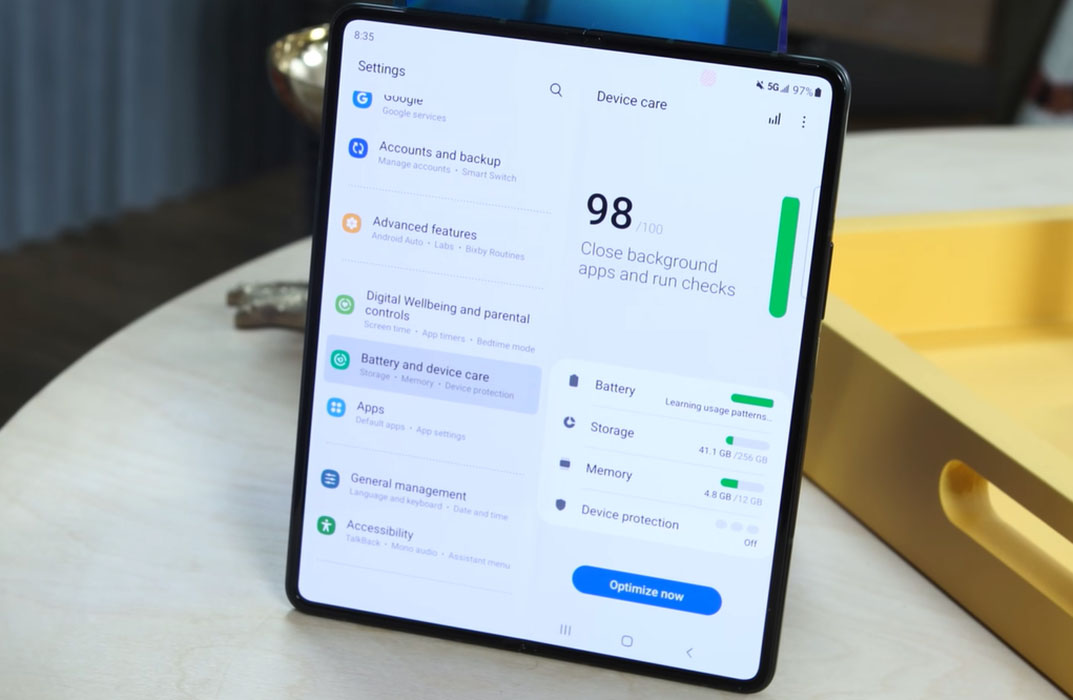

- Poweramp app heating phone and draining battery how to#
- Poweramp app heating phone and draining battery manual#
Poweramp app heating phone and draining battery manual#
“Many retailers have embraced trade-in / trade-up incentive programs driving foot-traffic, rev en e-lift, and sales of new devices through manual or POS-driven eCycling take-back systems. Their press-kit outlines some key issues for the telco industry that would work well here in Australia. This is a serious bit of innovative technology that may just popularise phone-recycling, get some cash back into the domestic market, and ship more refurbished phones to 2nd/3rd world countries where the demand is high and recycling facilities are low. Here’s how it works:Īt the moment the ecoATM is has 50 machines in San Diego, and plan to roll-out across the US. I’ve addressed some of these issues in my Article on Retail and Manufacturing, but here is a brand new innovative technology that addresses these issues and makes recycling devices as easy as withdrawing cash, quite literally. Introducing ecoATM. The largest hurdles for Australians wanting to recycle are:Ī) they are not aware of any programs for recycling ī) the process is not incentivised for customers who often hold on to a ‘Plan-B’ or are unwilling to let go of perceived valueĬ) there is a minor inconvenience to post in the device or physically drop it off at a collection point.
Poweramp app heating phone and draining battery how to#
This works for the above reasons but also because broken devices are often quite cheap for manufacturers to fix and re-sell, so the margins are high.ĭo you have any ideas about how to get the most from your old phone and current provider? Let me know below. This could be scaled into upgrading to a better model for a higher price. Sure the margin is reduced but this helps to retain customers thinking of swapping and it opens a revenue stream from old devices being refurbished.ģ) Faulty/Broken Devices ‘almost-brand-new’ scheme: with these faulty or broken devices the customer would pay a cash amount (depending on the market value of refurbished devices) in exchange for a refurbished device of the same model. If a customer moves from, say, a working S3 to an S4, they could pay the difference between the devices. This would be targeted specifically at Samsung because they are the #1 mobile manufacturer and have fast product cycles. Make it a permanent fixture.Ģ) Manufacturer ‘pay-the-difference’ incentive: brands are moving into the retail space without carriers, and Apple have done this successfully for many years. This is a no-brainer bill-credit systems are already in place and cost carriers hardly anything, they acquire loan and refurbished phones for customer experience, build loyalty and has been done plenty of times before. Here are some of my suggestions for how to implement this.ġ) Carrier ‘upgrade-and-save’ offer: if a device is traded in while resigning a contract, the customer will receive credit towards their bill. In my current job servicing and repairing smartphones, about 20% of customers actively ask if there is a trade-in or buy-back scheme, this could be a win-win-win program for customers, carriers/manufacturers and the environment. Samsung US already has a comprehensive e-recycling program, but nothing like this exists in Australia for mobile manufacturing, mainly because of fragmented distribution networks. Permanent incentive programs are needed to break the product and contract cycle and get more devices out of dark drawers. While this is a great start, campaigns like these are too short-lived to affect any lasting change in consumer behaviour. MobileMuster, the telco industry-sponsored program, already does a great deal to educate customers and recycle devices from retail stores, but it is time for the big manufacturers to take responsibility for their products in partnership with Carriers (Telstra, Optus & Voda).Įarlier this year, Samsung teamed up with Vodafone and MobileMuster to promote recycling and win a Galaxy S4. This got me thinking about how Australia could apply these models to the manufacturers of Smartphones (Apple, Samsung, HTC, LG…) that re-sell their products here. They’ve outlined some European and American models for mandatory recycling for the producers of batteries by incentivising recycling targets and taxing failure. The winning solution? Compulsory Battery Stewardship. I was reading over some writing by the good people at ‘Recharge The Environment’ and a recent poll they conducted about how best to manage Australia’s growing need to recycle batteries of all types.


 0 kommentar(er)
0 kommentar(er)
